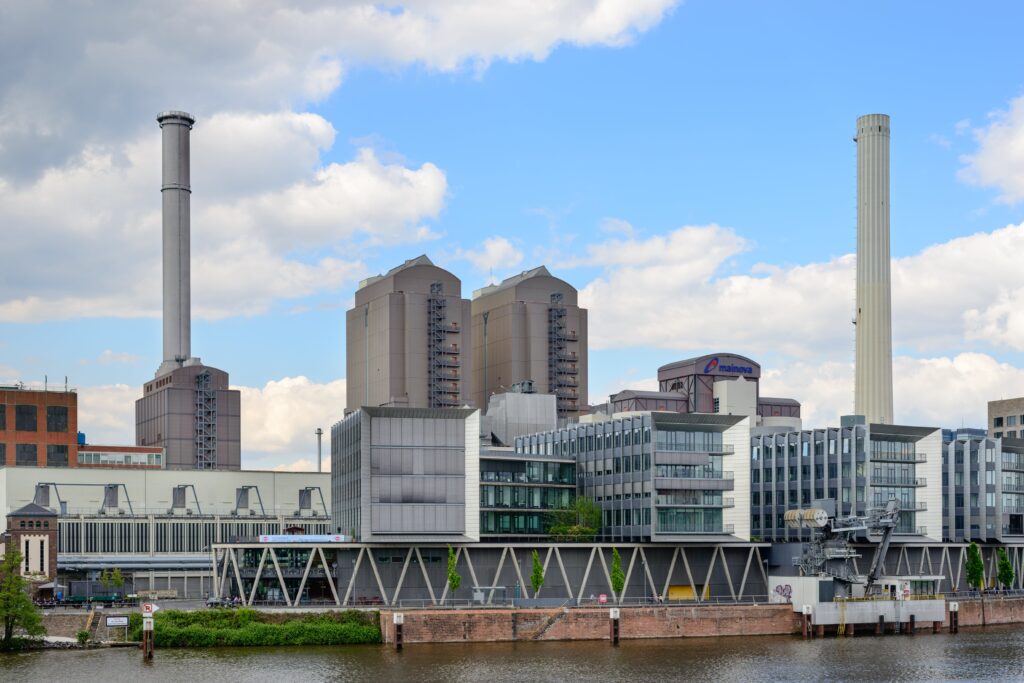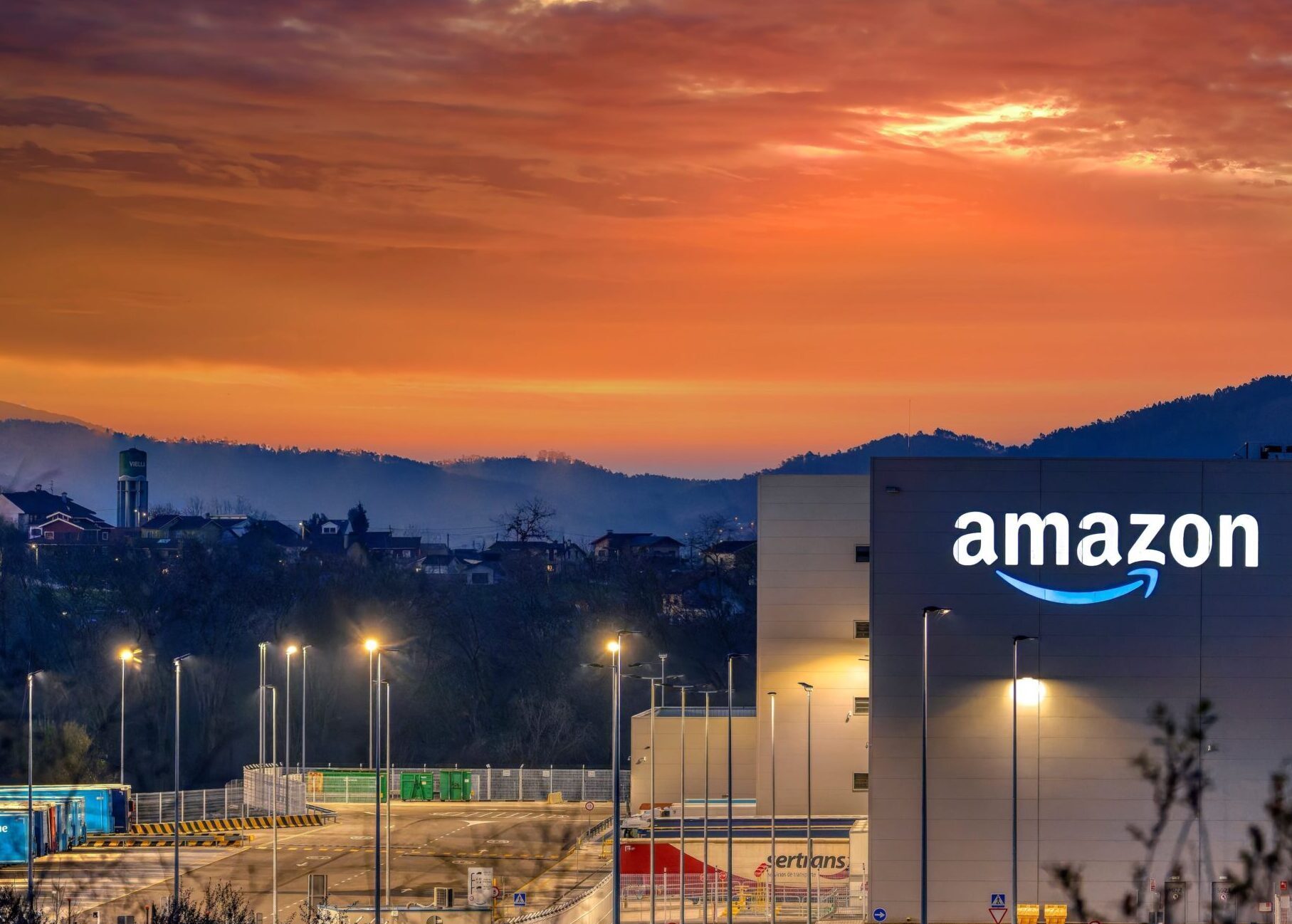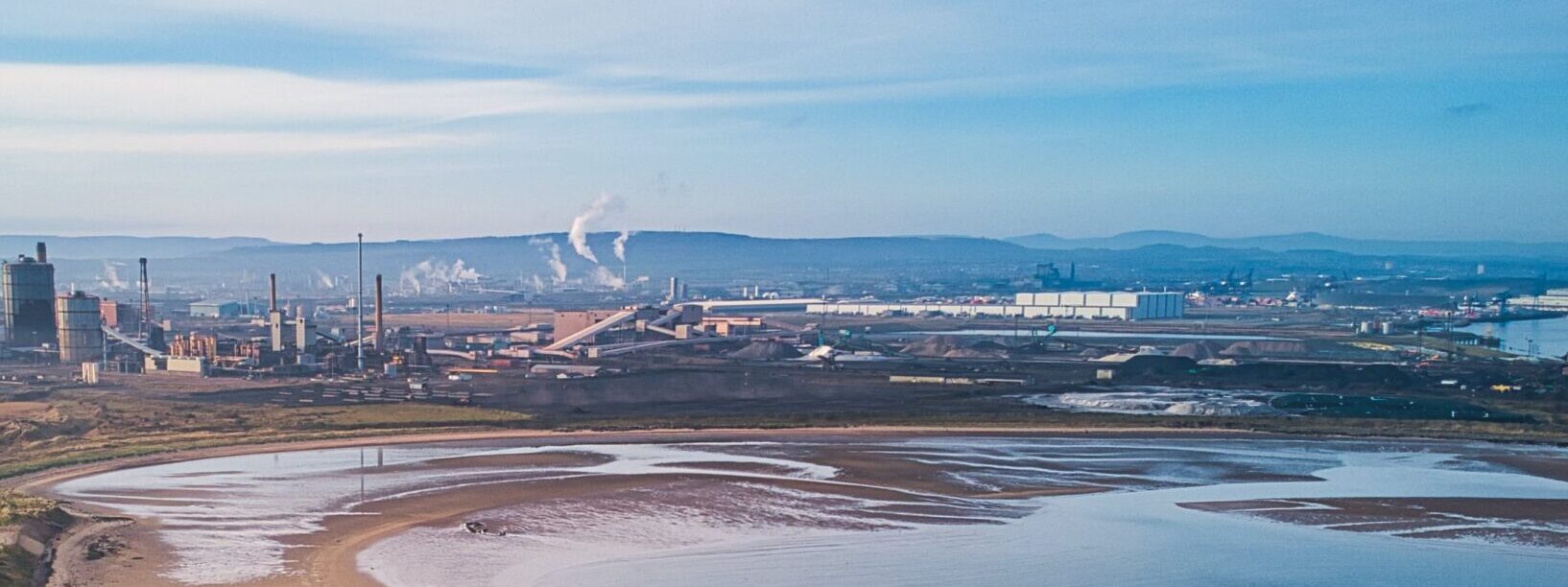Tech giant has twice as many data centres worldwide as previously reported
Amazon uses far more data centres across the globe—and has a bigger impact on the environment—than previously reported, leaked data reveals.
The Seattle-based company has bet billions of dollars on an expansion into cloud computing and AI-assisted services, from automated coding to translation, and is building hundreds of data centres worldwide as it vies with Microsoft and Google for leadership of the booming AI market.
Amazon has never said publicly how many data centres it operates, or how much energy and water they use. Industry estimates put the number between 100 and 475. But leaked figures seen by SourceMaterial show the true figure is much higher.
In 2023 Amazon used 924 data centres in more than 50 countries, with many more in development, the data shows.
Along with its competitors, Amazon has come under increasing scrutiny for its energy use, amid concerns that data centres are driving a spike in electricity demand that will delay a transition away from fossil fuels.
“New data centres are directly causing utilities to build new gas plants and delay coal plants’ retirements, and that locks us into using dirty energy for decades at a minimum,” said Eliza Pan, a former worker in Amazon’s cloud computing arm and spokeswoman for Amazon Employees for Climate Justice.
Water consumption is also a worry. In April a SourceMaterial investigation revealed that Amazon, Microsoft and Google are building data centres, which use vast volumes of water for cooling, in some of the world’s driest areas.
Kylee Yonas, an Amazon spokeswoman, defended the company’s green record:
“Not only are we the leading data center operator in efficiency, we’re the world’s largest corporate purchaser of renewable energy for five consecutive years with over 600 projects globally,” she said.
Amazon’s claims on green energy are controversial: the company has been criticised for using “creative accounting” by buying renewable energy certificates alongside direct purchases of green energy.

In Germany, the online marketplace DataCentres.com lists four Amazon data centres. The leaked data records 50. According to the leak, these data centres used at least 1.3 million megawatt hours of electricity in 2023, more than enough to power every household in Frankfurt, the city where all but a few of Amazon’s smallest German data centres are located.
In the Indian business capital, Mumbai, Amazon has three ‘availability zones’, each with one or more data centres, according to the company’s website. The leaked records seen by SourceMaterial from inside Amazon reveal that last year Amazon used 16 data centres in the city.
Leased servers
Amazon’s presence is also much larger than previously realised in many other countries, including Japan, Singapore and the United Kingdom. Like Germany and India, these countries have all seen plans to move away from fossil fuels challenged by the AI boom.
In the UK, developers are exploring linking data centres to the country’s main gas pipelines amid a rush for energy access, according to a recent report.
Data centres currently account for 1.5 per cent of global energy demand. That could rise to 4.4 per cent by 2035 as AI boom drives construction, nearly twice as much as the aviation sector consumes today, according to the International Energy Agency.
The reason that the number of Amazon data centres has been underestimated is likely to be the company’s use of servers that it leases rather than owns, according to a letter sent by a former Amazon employee to the US Federal Trade Commission last year and seen by SourceMaterial.
Amazon has leasing arrangements with 180 partners, the leaked data shows.
‘They are everywhere’
In the letter to the FTC, the employee raised concerns that these undisclosed data centres could potentially conceal an Amazon monopoly over the cloud computing market. (The Trade Commission did not open an anti-monopoly investigation.)
Amazon has concentrated the centres it owns outright in Virginia and Ohio, where gas and coal provide a large share of electricity. Outside the US, Amazon usually rents either entire facilities or server racks in centres shared with other companies.
“New data centres are directly causing utilities to build new gas plants.”
It is the shared “colocation” units that account for the largest increase in data centre energy use globally, said Shaolei Ren, a computing specialist at the University of California, Riverside.
“Most of the energy in the data centre industry is going into colocations,” he said. “They are everywhere.”
In 2023, Amazon’s colocation data centres used over 7.8 million megawatt hours of electricity, according to the data, more than enough to power every home in Seattle and San Francisco combined. These centres account for about a fifth of Amazon’s total processing power, the figures show.
Colocation facilities are often smaller, and more likely to be built in urban areas rather than remote locations favoured for hyperscale data centres like Amazon’s sprawling Project Rainier complex in rural Indiana, Ren said.
Revelations of the extent of Amazon’s data centre expansion come amid warnings of an investment bubble in the AI industry. Earlier this month, Sundar Pichai, the head of Google’s parent company, Alphabet, said that there was some “irrationality” in the wave of investment that has swept the market.
Additional reporting by Sushmita
Headline picture: Massimo Botturi, Unsplash



